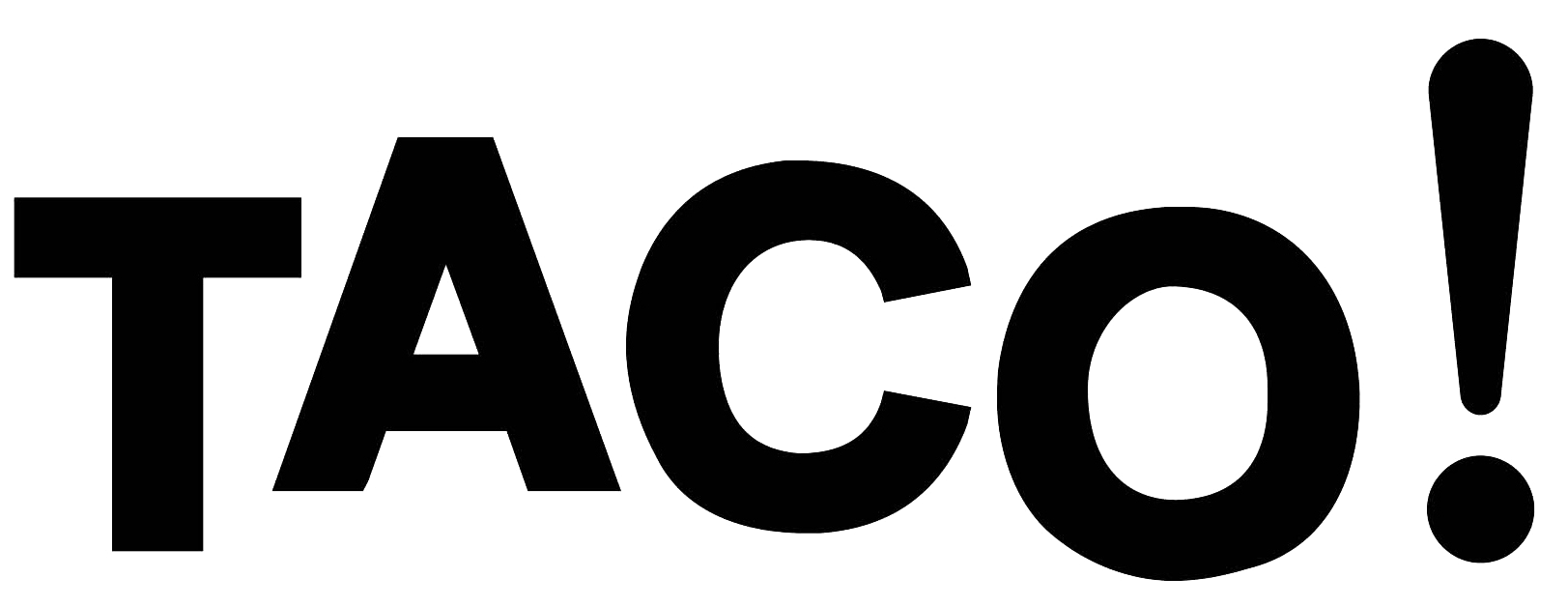︎SOMTHING WHERE BEFORE THERE WAS NOTHING ︎ HANNAH LEES
︎SOMTHING WHERE BEFORE THERE WAS NOTHING ︎ HANNAH LEES

SOMETHING WHERE
BEFORE THERE WAS NOTHING
HANNAH LEES
31 MAY - 7 JULY
OPENING 30 MAY
Something where before there was nothing is an exhibition of new works by the British artist Hannah Lees. Working across sculpture, writing, and sound, Lees’s practice works with the latent personal and cultural meanings of materials, objects, words, and forms.
In the process of her making Lees employs a speculative and intuitive approach to selecting and ‘finding’ of materials, producing works that have distinct aesthetic qualities with enigmatic, poignant, or alluring affect.
Something where before there was nothing presents a constellation of works that take as the basis for their material enquiry the concept of the ‘parent’. Though informed directly by her recent experiences as a mother with a young child, Hannah positions her enquiry beyond just reflecting on biological reproduction and societal norms. Instead the works in the exhibition give consideration to ‘parent’ as an expansive concept, one that includes processes of care, nurture, kinship, surrogacy and dependence.
Central to the exhibition are a series of large free standing sculptural forms. Titled as part of an ongoing series- Vessels (58-61) - these forms appear to possess swollen, pregnant bellies. These maternal protagonists are formed from antique wooden bread kneading bowls that Lees has collected over many years. Lees has used liquid plaster to fill the cavity of each bowl.



Previously these bowls supported yeast, flour and water to be hand kneaded and formed into life giving bread. Now, each cavity contains plaster embedded with small, beach-coombed objects- pieces of glass, plastic, stone, wood- collected by Lees on her drifts and walks along the Kent coast and Thames estuary.
Whilst these pregnant forms act as a vessel or petri dish for found materials, each of the objects thrown up by the sea, is in turn home to microscopic life and tidal matter.
Presented alongside these pregnant sculptural works are a series of ‘skins’ seemingly tattooed with images of microscopic forms. to turn, to become (I-VII) are made from prepared pieces of Amadou Mushroom, a spongy fungi material derived from Fomes fomentarius - a parasitical fungi that grows on Pine Trees. Amadou has long been associated with human domesticity and craft having been used since the mesolithic as tinder for kindling fire, medicine, clothing and food.


The strange, painterly images printed on these skins are malassezia- a fellow parasitical fungus, but one that grows on human skin. These works stem from Lees reflection on cultivation and symbiosis, where parasitical forms in nature are host parents to other forms, or where mutual supportive host environments are created by different species.
i was never only one (2024) is a sound piece presented on a single speaker. The piece consists of spoken narrative in which the protagonist whispers intimate unfiltered thoughts and feelings about the nature of their physical relationship to living forms outside or within their own body be this child, pet, house plant, or gut bacteria. The specific subject of these feeling are never revealed, instead it is left ambiguous as to what, or whom, the speakers feelings are directed towards.

-§-
Listen to On Care: Hannah Lees and Rebecca Jagoe In Conversation that took place on the 15th June
Thinking on care, kinship, surrogacy and dependence, the artists discuss how we become unwitting symbiotic carers for our own biome; our sensorial responses to beings that eschew the boundaries between self- and non-self; and the ways in which we might conceive of care as a matter of responsibility, parasitism, commodity or mutual aid. The conversation will conclude with an open Q&A with the artists.
-§-
Hannah Lees currently lives and works in Margate, UK. She studied Fine Art at UCA Canterbury (2006) and Chelsea College of Art (2011) and been exhibited with galleries, and project spaces across the UK including Turner Contemporary, The Sunday Painter, Kingsgate Project Space, Kuper Project Space, Quench Gallery, Sim Smith, and Roland Ross.
